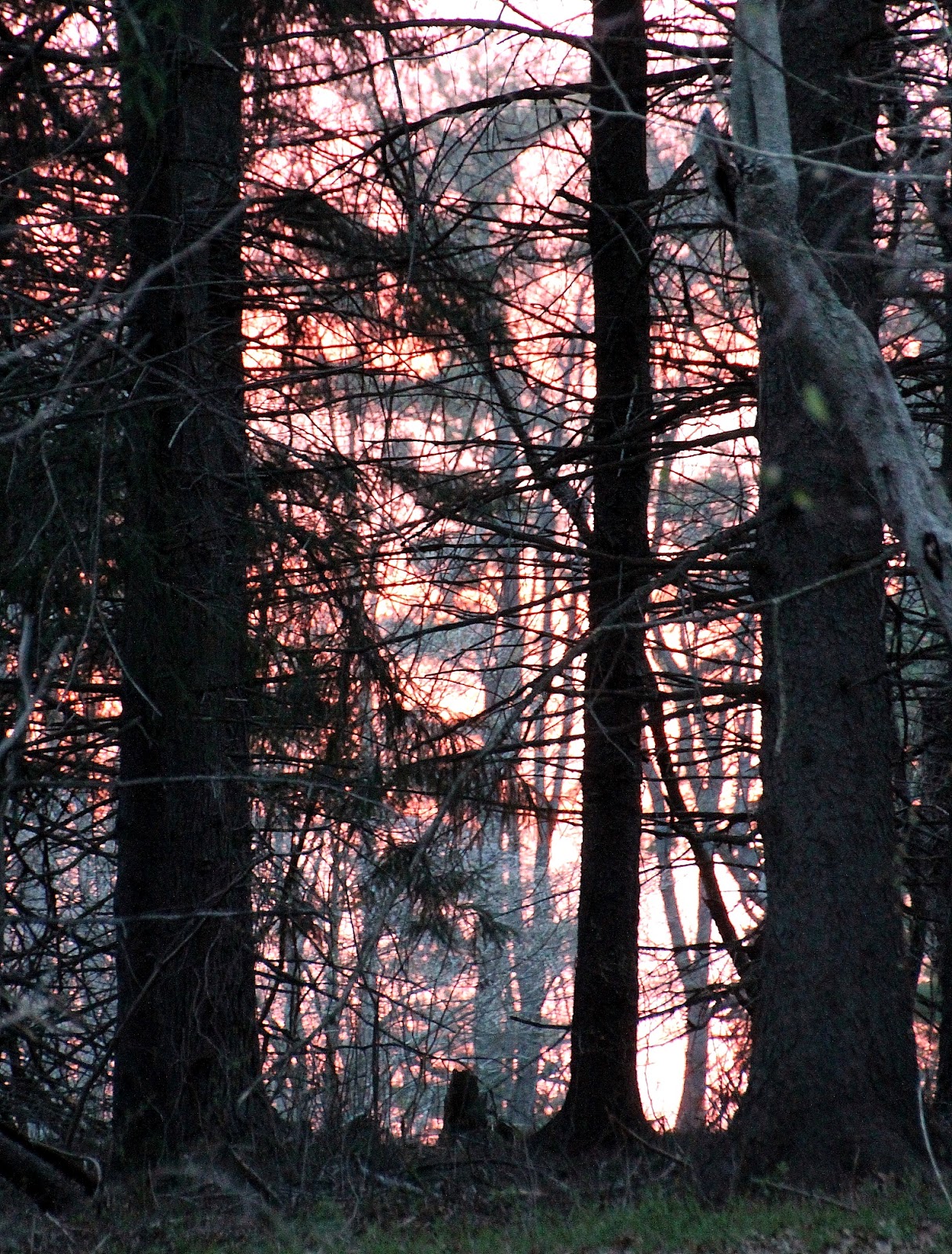 |
| Cut-leaved Toothwort (Dentaria laciniata) |
 |
| Bloodroot (Sanguinaria candensis) |
 |
| Hanging on for dear life |
 |
| Woodland pool |
 |
| Dog-toothed Violet, Trout-lily, or Adder's-tongue (Erythronium americanum) |
 |
| Coy view of the reverse |
 |
| Lesser celandine (Ranunculus divaricata) |
 |
| Lesser celandine gone wild! |
 |
| Spring-beauties (Claytonia caroliniana) |
 |
| Ninety-foot Bridge (a railroad trestle) |
 |
| Wooded hillside above the creek with May-apples or Mandrake (Podophyllum peltatum) |
 |
| My favorite creek view |
 |
| Mallards (Anas platyrhynchos) in motion |
 |
| A pair of skittish Wood Ducks (Aix sponsa) |


























